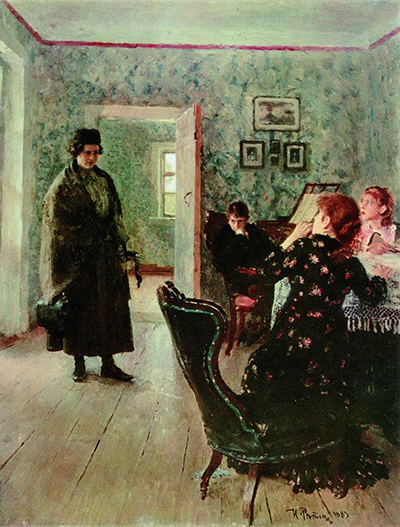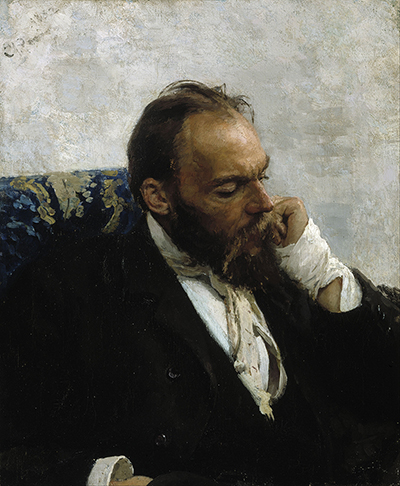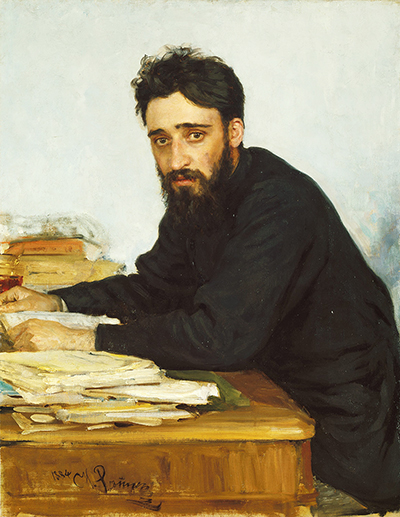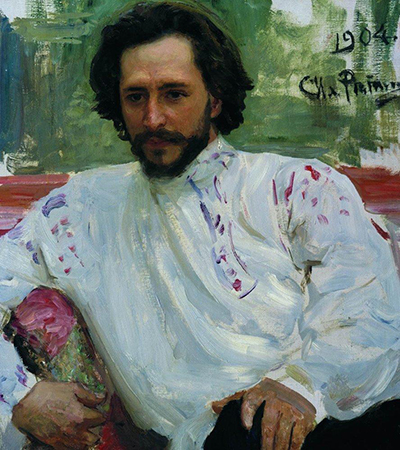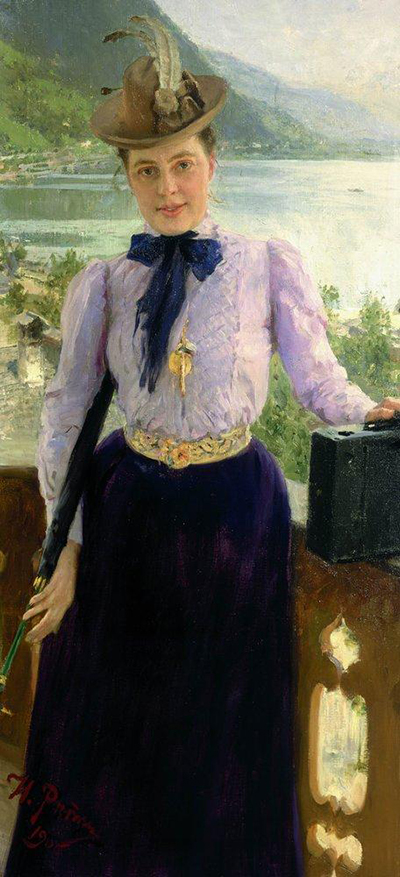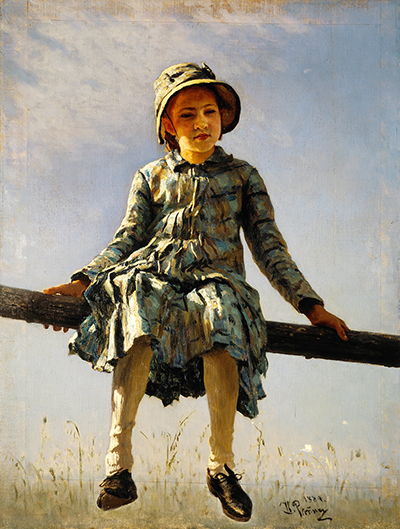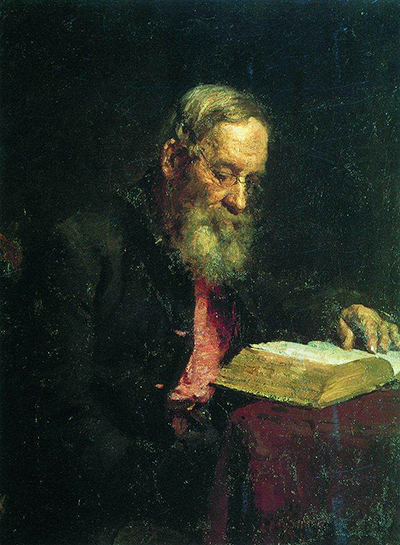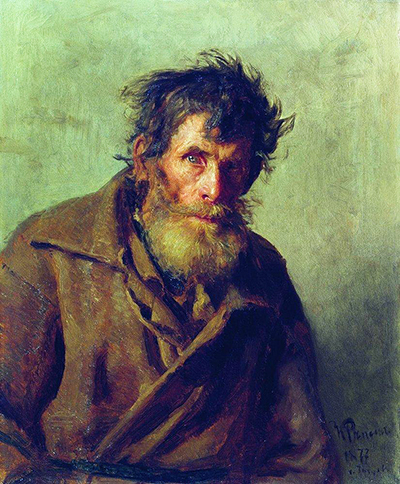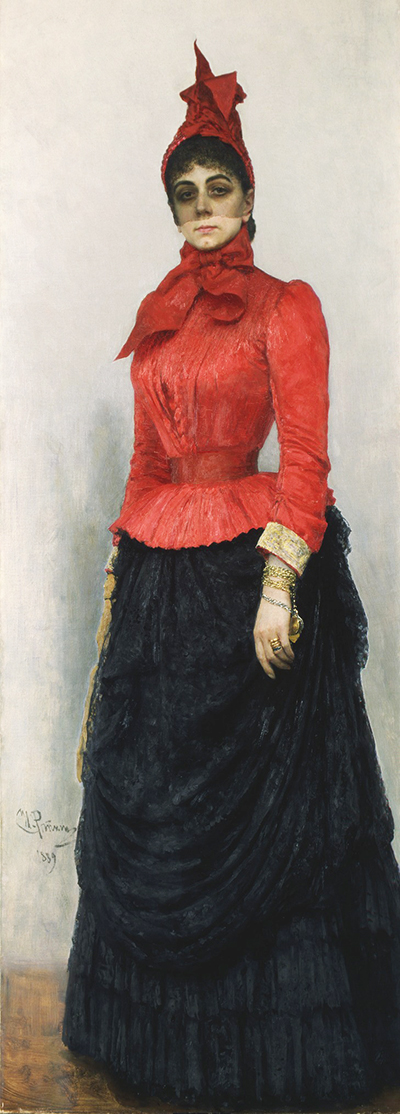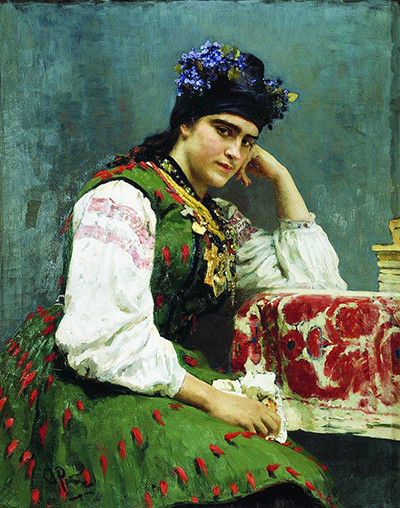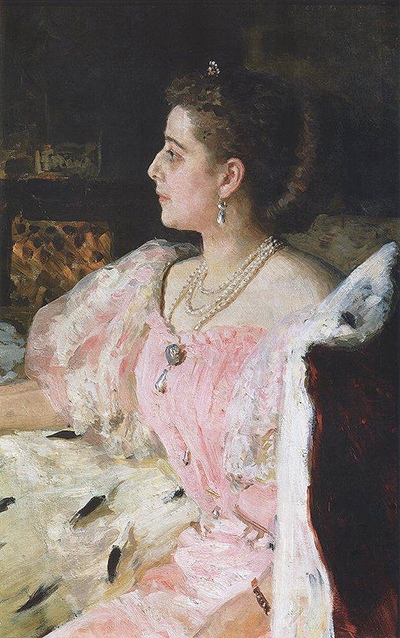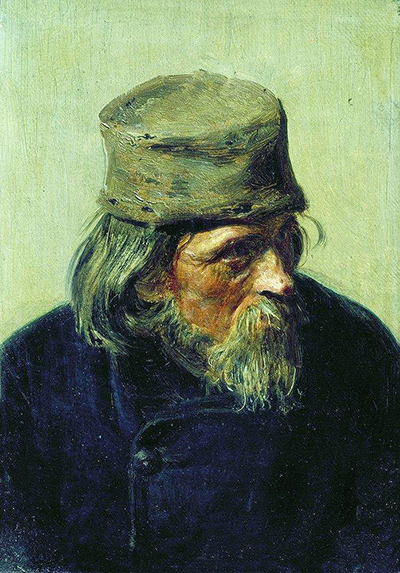Iva Yefimovich Repin was the most famous realist painter in Russia during the late nineteenth century. His position in the visual arts was similar to that of Tolstoy’s in literature.
His aesthetic mission was to reveal the inner truth contained in Russian society through the faithful, naturalistic, representation of Russian people and events. In pursuit of this ideal, Repin was prepared to spend years working on a single painting, producing hundreds of preliminary sketches and meticulously researching his subjects. While he is remembered for his depiction of Russian peasants, he was an exceptionally gifted portrait painter. He also had the capacity to capture large gatherings and commemorate significant moments in Russian history.
After his death, Repin was held up as the ideal artist for the USSR. His work was considered to be both "progressive" and "realist": the template for all Socialist Realist artists in the Soviet Union. In 1872 Repin wrote: "Now it is the peasant who is the judge and so it is necessary to represent his interests. (That is just the thing for me, since I am myself, as you know, a peasant, the son of a retired soldier who served twenty-seven hard years in Nicholas I's army.)" Repin's work was firmly rooted in the traditions of Russia. In 1856, at the age of twelve, he was apprenticed to Ivan Bunakov an icon painter in his hometown of Chuguev in the Ukraine.
He continued painting icons and murals until 1864 when he went to the Imperial Academy of Arts in St Petersburg. His arrival coincided with the "Rebellion of the Fourteen." This was a group of students who left the Academy refusing to use mythic subjects for their paintings preferring to focus on real life. Repin was to follow this aesthetic ideal throughout his career. In 1873 he finished the painting, which was to launch his career and establish his artistic trajectory - Barge Hauliers on the Volga. Repin himself considered this work to be his first professional piece.
The painting shows eleven men dressed in rags dragging a barge upstream on the Volga River. The inspiration for the painting came from Repin’s visit to the region. The subjects are all actual people and include a de-frocked priest and a former soldier. The depiction of their intense physical labour is intended as a symbol for the labouring classes of Russia. His concern was to show not the agony but the dignity and honour of immense physical labour.
When first shown it was enthusiastically received and established Repin as an artist who would break with the traditions of the Academy and document social inequality. Repin spent 1873 to 1876 studying in Paris. He saw the early Impressionists. He was happy to learn from them in terms of their depiction of light, their use of colour and the school of Plein-air painting. However, his experience there did not shift the focus of his work away from Russian Realism and Ukrainian culture.
In 1876, on his return to Russia, Savva Mamontov, one of the most famous patrons of Russian art, became his patron. The next decade and a half would see Repin produce some of his best-known works: Religious Procession in Kursk Province (1870 -1883), Ivan the Terrible and His Son Ivan (1885), They did not Expect Him, or Unexpected Return (1884), Refusal of the Confession (1879-1885), Reply of the Zaporozian Cossacks (1891). Repin rebelled against formalism. He chose nature and character over academic traditions. His work was defined by his commitment to the conditions of the working people and the destiny of Russia.



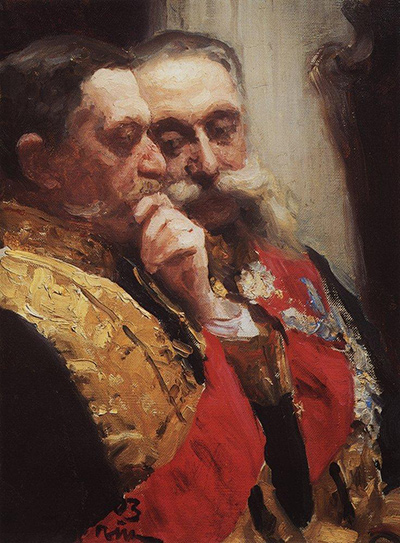
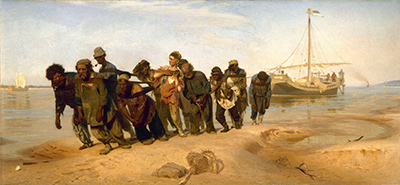
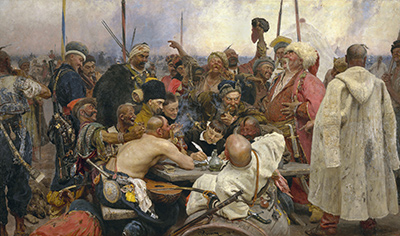
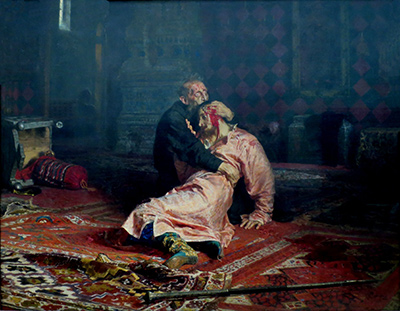
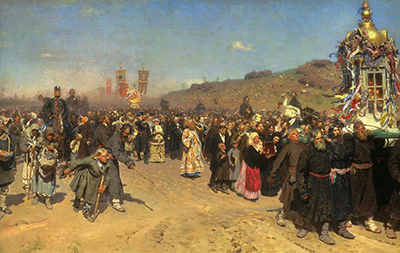
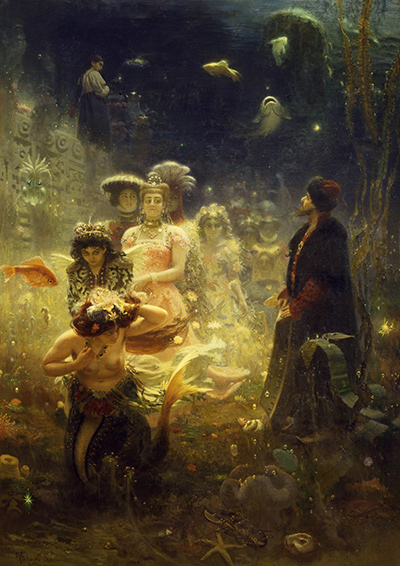
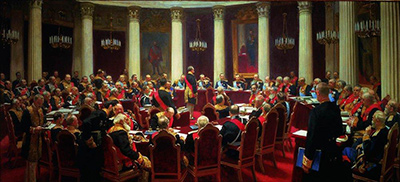
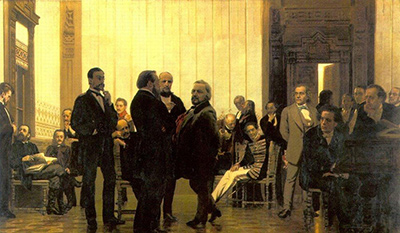
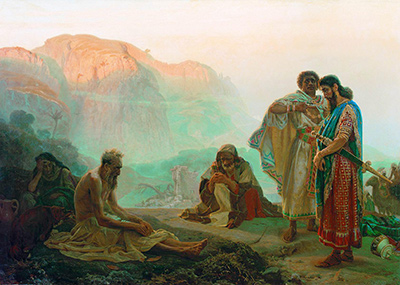
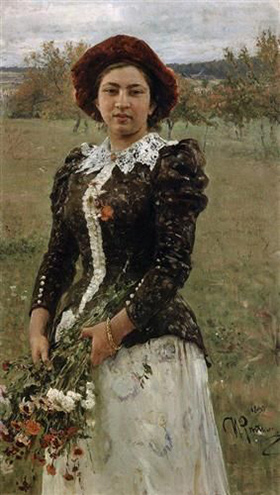
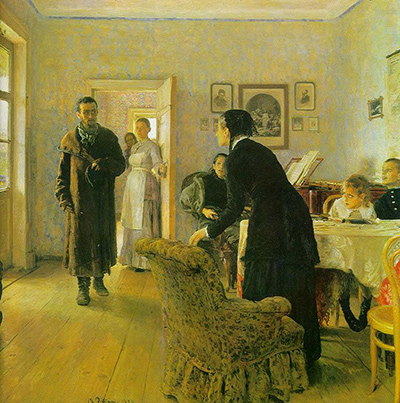
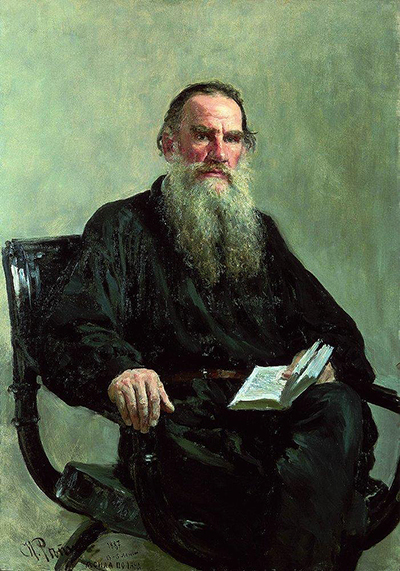
 Musorgsky Ilya Repin.jpg)
